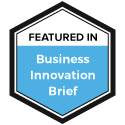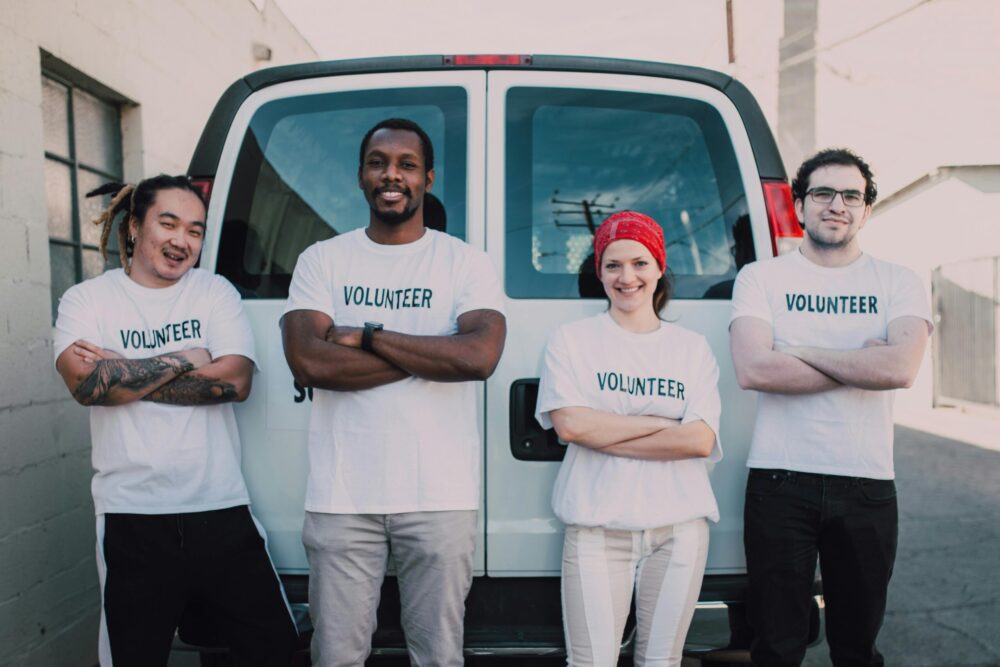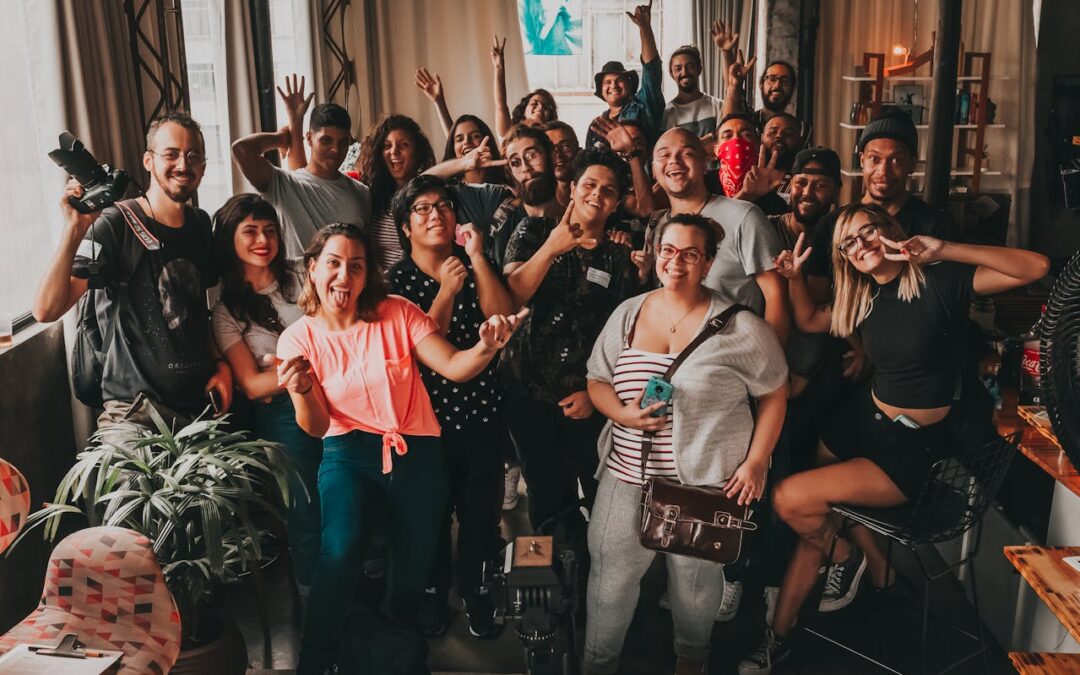
Self-Management: The Most Overlooked Impactful Business Strategy in the Modern Workplace
Self-Management: The Most Overlooked Impactful Business Strategy in the Modern Workplace
What if we’ve been getting work wrong for the past century?
That’s the question Pim de Morree and his team at Corporate Rebels set out to answer nearly a decade ago. Frustrated by outdated corporate structures, Pim left his traditional job and began traveling the globe to learn from the world’s most progressive organizations. What he discovered is something few leaders are ever taught: self-management isn’t just a cultural choice, it’s a strategic business model.
And yet, most MBA programs never mention it. Which is why only a small group of people around the world know how to design and implement it successfully. That knowledge gap is costing companies more than they realize.
Why Self-Management Isn’t Just Boss-Free Anarchy
One of the biggest myths about self-management is that it’s leaderless chaos. The assumption is that without formal managers, people won’t know what to do. But as Pim explained, the opposite is true. These companies often have more structure than traditional ones. It’s just structured differently.
Authority doesn’t disappear. It’s redistributed. Decision-making happens at the team level. Roles are clearly defined. Accountability is built into peer agreements and transparent systems. It’s not a free-for-all. It’s a rethinking of how work gets done, and who gets to decide.
But because this isn’t taught in most business schools, even the most well-meaning executives often miss the point or fail to implement it effectively.
Freedom Only Works With Responsibility
Self-management is not about giving everyone total freedom. It’s about giving people the autonomy to own their work, paired with the responsibility to deliver on shared outcomes. Pim emphasized that when teams have both freedom and accountability, something powerful happens: they engage.
The numbers support this. Self-managed companies consistently report higher productivity, lower turnover, and better financial performance. This isn’t just good for culture. It’s good for the bottom line.
But again, you won’t find this in your average management textbook. That’s why only a small number of leaders and advisors globally have the skills to help organizations make this transition effectively.
Solving the Global Engagement Crisis
Right now, only about 15 percent of the global workforce is actively engaged. That’s a staggering statistic. Most employees are either coasting through their workday or feeling actively disconnected.
This is more than a business problem. It’s a human one. People want more than a paycheck. They want agency. They want to matter. And traditional management systems often strip that away.
Pim’s message is clear: we already know what works. But too few leaders have been trained in how to implement it.
There Is No One Model — But There Must Be a Model
Pim highlighted that self-management isn’t one-size-fits-all. He outlined several proven models that work across industries:
- Marketplace Model: Teams operate like internal entrepreneurs, offering services to other teams within the company.
- Partnership Model: Collaboration is based on mutual agreements, not authority.
- Community Model: Shared values and collective purpose drive decision-making.
Each of these models provides clarity, but they still require skillful implementation. And because these ideas aren’t covered in most executive education programs, companies often try to piece it together without the proper blueprint or guidance.
That’s why the few who’ve lived this work, who’ve led or advised self-managed companies, are in a unique position to help others catch up.
Metrics Still Matter — Even Without Managers
One of the biggest fears leaders have about self-management is the idea of losing control or visibility. But as Pim shared, the best self-managed companies are actually more transparent. They rely on real-time dashboards, open performance data, and shared goals.
Buurtzorg, a Dutch healthcare company with more than a thousand self-managed teams, tracks metrics like time spent with patients, satisfaction scores, and peer benchmarks, all without traditional managers. Teams use the data to guide their own improvement.
This is not management by hope. It’s management by trust and visibility.
Purpose Emerges When People Are Trusted
Interestingly, many companies that embrace self-management don’t start out as purpose-driven. But once people feel empowered and connected, purpose tends to rise naturally.
And that matters, especially to the next generation. Studies show that younger workers increasingly prioritize meaning over money. If organizations want to attract and retain top talent, they’ll need to offer more than perks. They’ll need to offer purpose.
The irony is that many leaders are desperate to create more purposeful, human-centered workplaces. But they haven’t been given the tools to do so. Self-management, when implemented with clarity and intention, is one of the most effective tools available. Yet it’s still missing from mainstream leadership education.
Speaking as a Practitioner
I enjoy writing about our guests on the show, but as someone who co-founded RadicalPurpose.org, I personally know how important this work is. For years, we were seen as idealists, some even called us “crazy” for believing business could be built on purpose, autonomy, and trust. But the world is catching up. And today, we’re among the few who know how to operate, guide, and scale these kinds of organizations with real impact.
That’s why I want to see initiatives like Corporate Rebels thrive. Because this isn’t just about reforming work, it’s about unlocking human potential and proving that business can be both deeply human and highly successful.
Final Thought
At the close of the episode, Pim answered a question we ask every guest: does love belong in business?
His answer: absolutely.
Self-management creates room for love, trust, care, and collaboration to flourish. And it works, not just emotionally, but economically.
It’s time this model stopped living in the margins. It belongs in boardrooms, in business schools, and in the minds of the next generation of leaders.
Until then, it will be up to those of us who’ve been building this way for years to keep leading the way.
Because the future of work isn’t coming. It’s already here.
Check out our full conversation with Pim de Morree on The Bliss Business Podcast.
Originally Featured on The Bliss Business Podcast Blog












Recent Comments